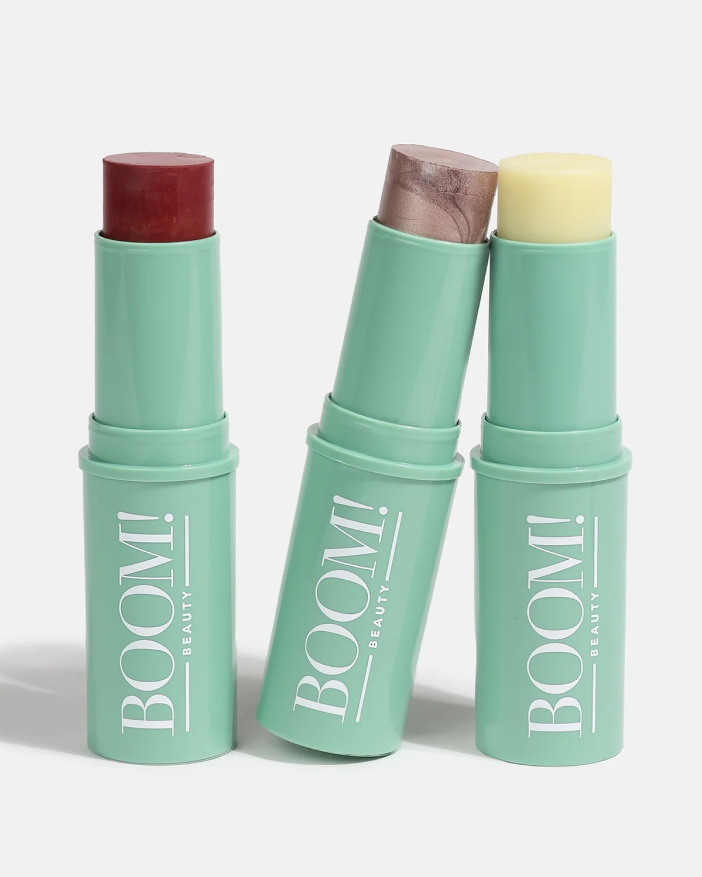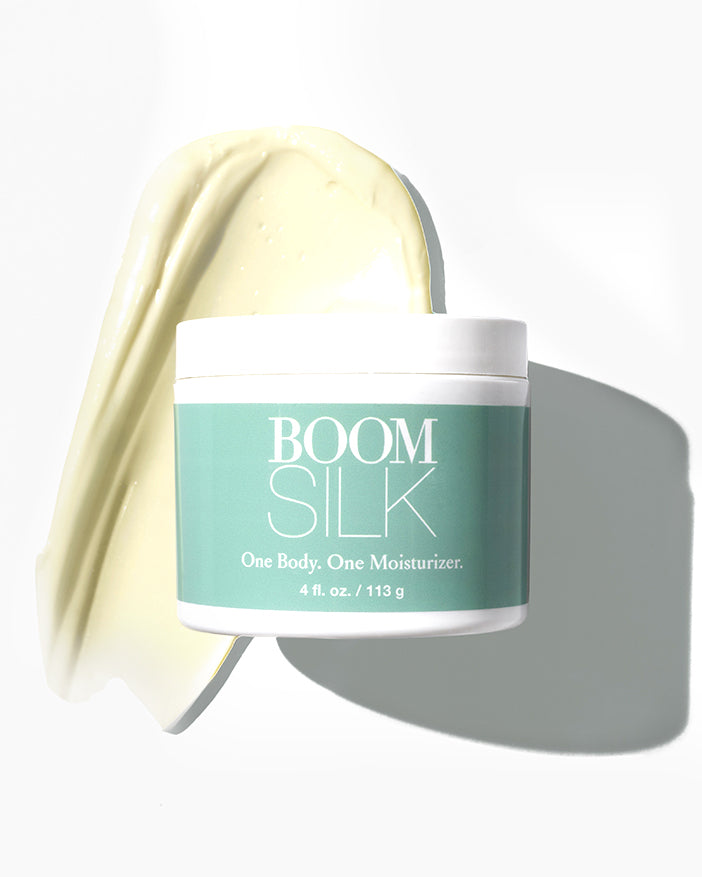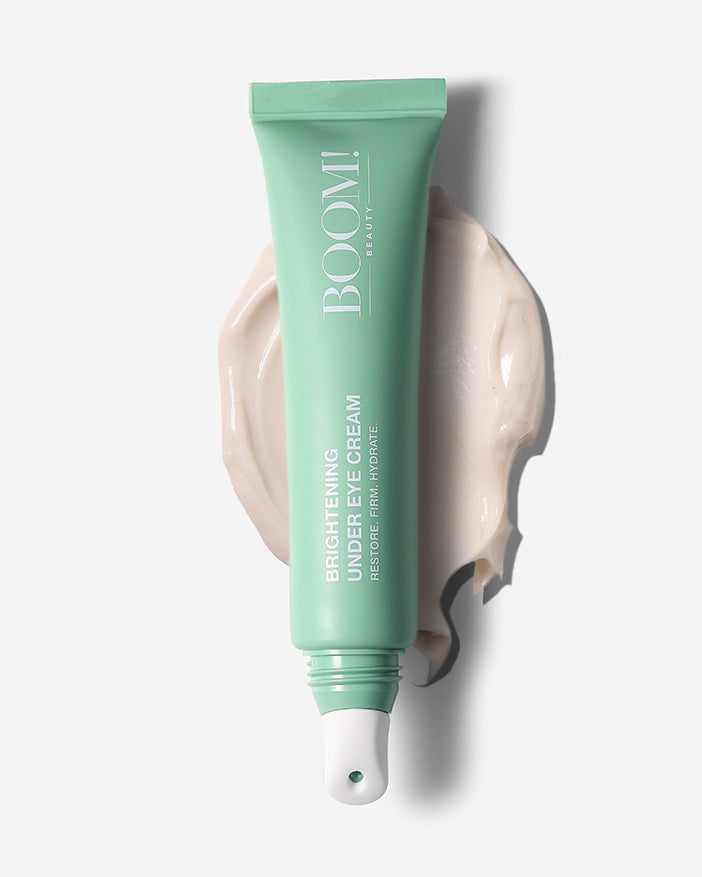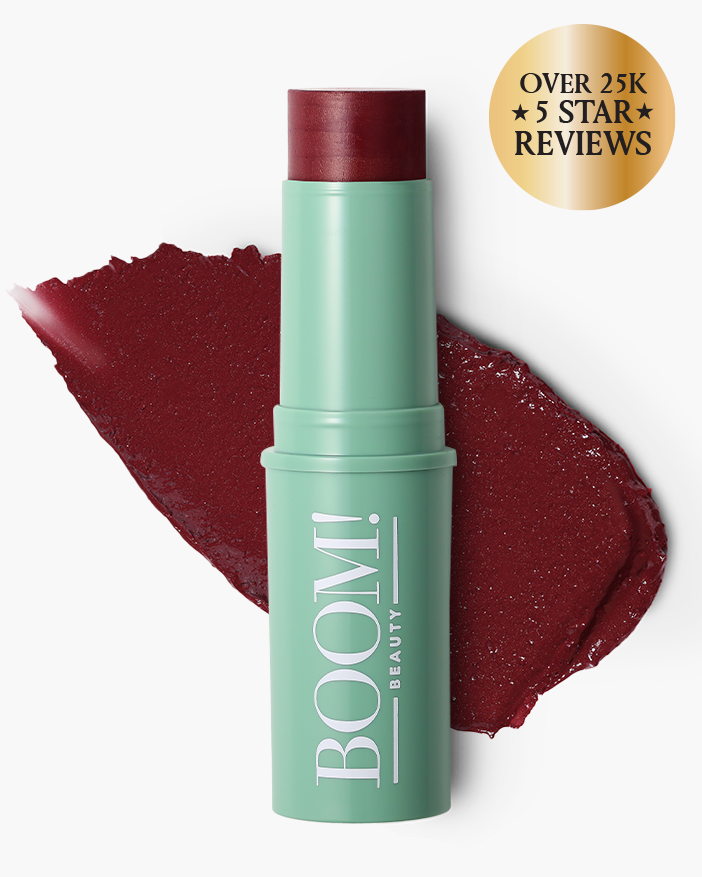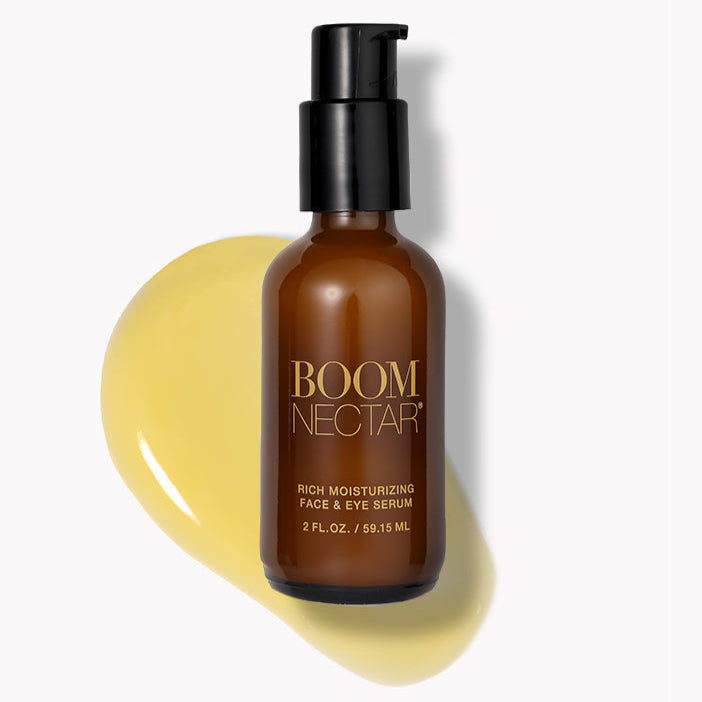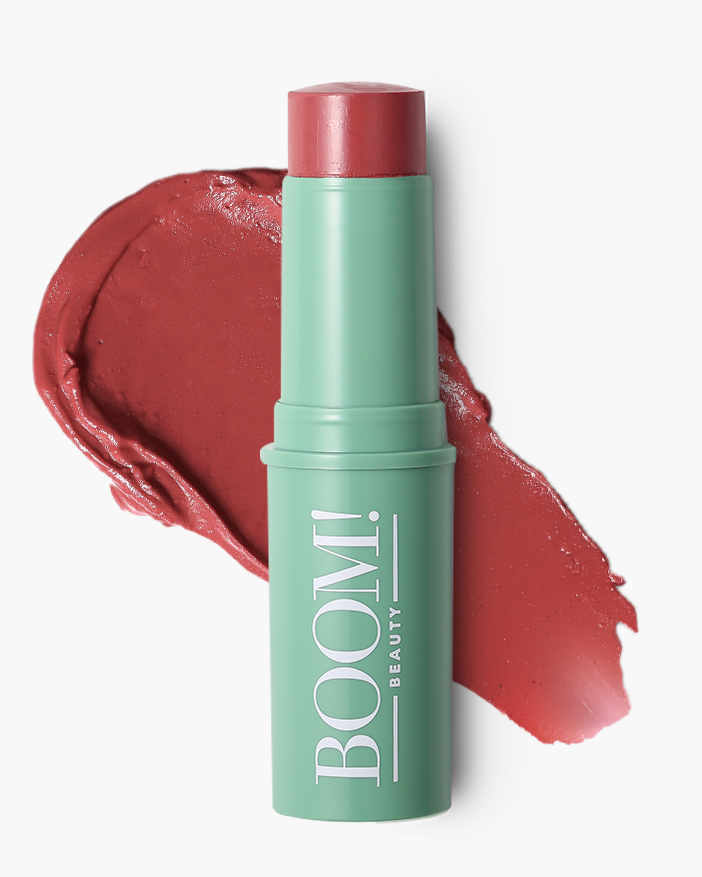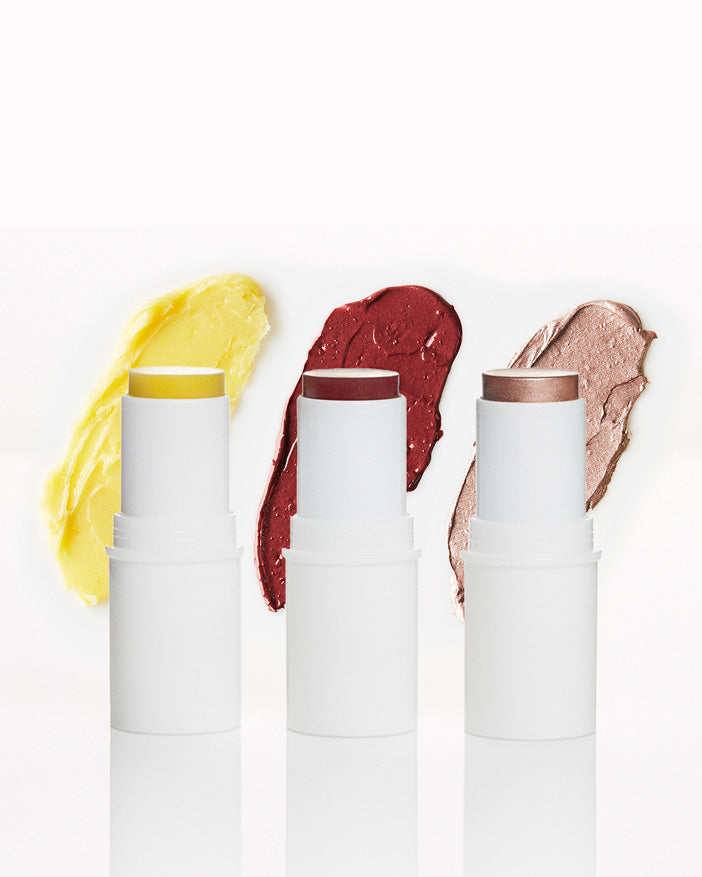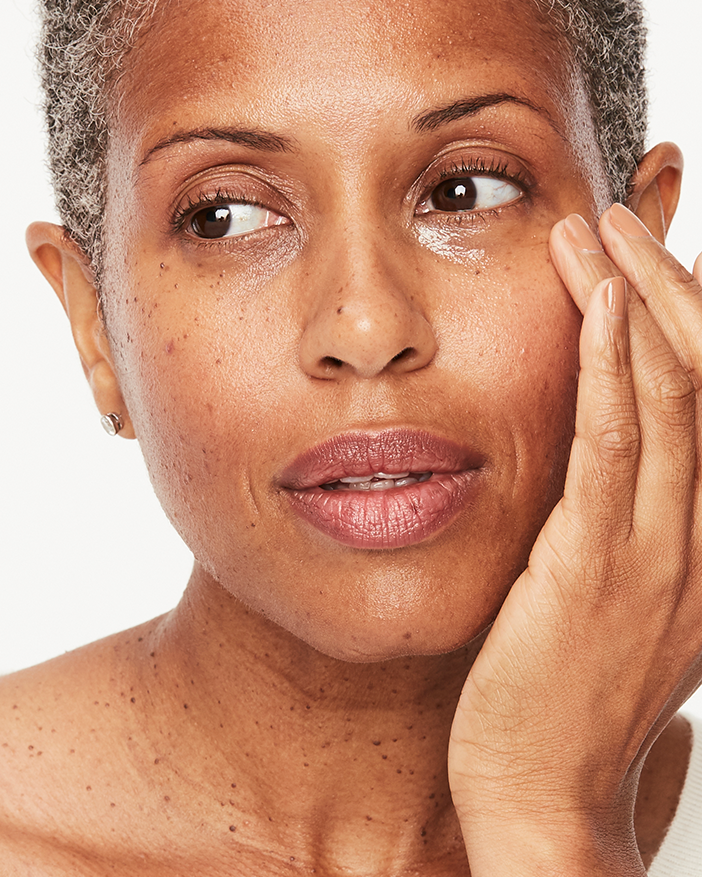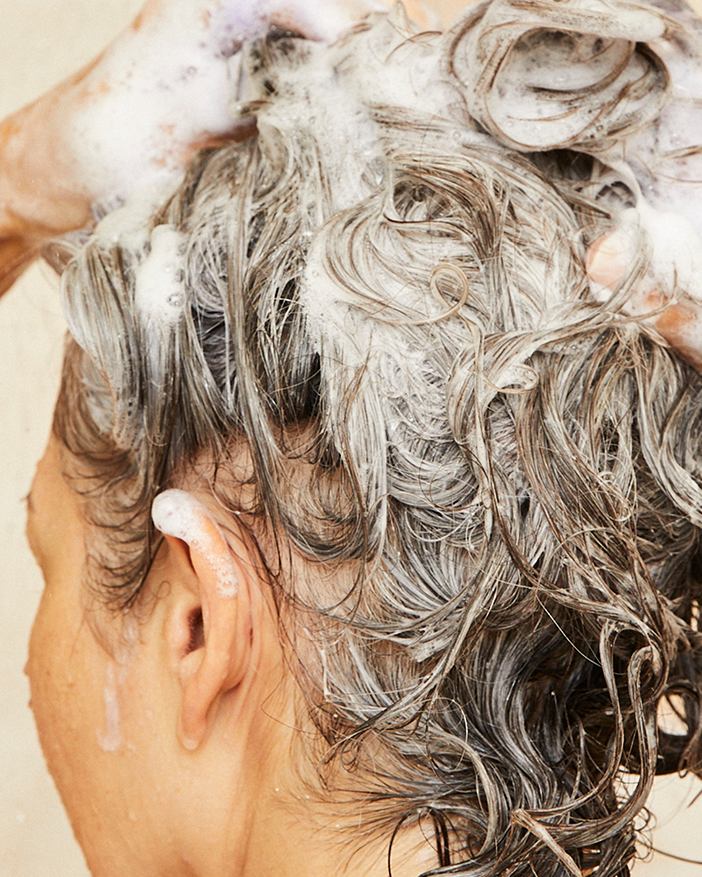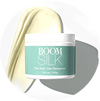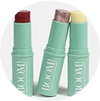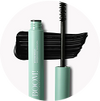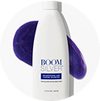Transforming the Way You Think About Age
In our culture, we’re fed a very specific idea of what it means to be beautiful. You know the one: flawless, perfect, smooth, symmetrical, no blemishes, no sign of wear and tear.
We are aware of how many thousands of times we’ve heard them on TV commercials, read them in magazine articles about how to achieve beautiful skin.
This concept of beauty is so all-pervasive that most of the time, we don’t even notice it’s there. We just assume that beautiful means perfect and act accordingly—striving to erase or hide as many of our flaws as we possibly can.
And of course, if fitting this definition of beauty means you have to be smooth, symmetrical, and flawless then fitting this definition of beauty also means you have to be young.
Age naturally creates texture, asymmetry, specificity; it brings out our uniqueness. And thus, we have a multimillion dollar beauty industry based entirely on helping women over forty stay "beautiful" by hiding, covering and erasing all the texture, uniqueness and specificity that comes with our age.
But who says this definition of beautiful is even accurate? Where did we get the idea that in order for something—or someone—to be beautiful, they had to be perfectly smooth, symmetrical and standardized?
Cultures all over the world have totally different ideas about what's beautiful---and a lot of them see uniqueness, specificity, flaws—and yes, age—as the things that make us beautiful.
Recently, I've been digging into these ideas and learning that what I intuitively discovered---that I was growing more beautiful as I aged—is aligned with a bunch of pretty ancient concepts that have been developed by thinkers and philosophers around the world.
Marcus Aurelius loved crusty bread.
I'm sure you're wondering what the heck that sentence is doing in a post about beauty.
But the Roman Emperor was onto something when he wrote in his Meditations that when the bread is baked, some parts are split at the surface. . . though contrary to the purpose of the baker's art, these parts are beautiful and excite the desire for eating.
The most powerful emperor-philosopher in ancient Rome knew that it was the irregularities that made things appetizing.
That while the baker's art might strive for consistency and perfection, it was exactly the organic, natural, unpredictable imperfections that created beauty and sparked our appetites.
And it only takes one look at the boom in rustic, hand-made, artisanal foods to see that this idea still whets our appetites today.
Broken things can be more valuable. I've recently started learning about a Japanese art form called kintsugi—ceramics that have cracked and been repaired with gold.
Kintsugi treats the normal cracks that come with use as the most beautiful part of the object, highlighting them by filling them with precious metal. In the 15th century, this form became so valuable that collectors deliberately smashed precious ceramics so the cracks could be filled!
The more cracks, the more flaws, the more signs of a life well lived, the more valued, beautiful and precious a work of kintsugi.
Finding beauty in imperfection can be your worldview.
Kintsugi falls under a larger Japanese philosophy called wabi-sabi.
Translated, Wabi means simplicity, and Sabi means the beauty of age and wear. This ancient aesthetic is rooted in Zen Buddhist tea ceremonies, rituals in which the most prized, sacred vessels were unevenly shaped, and showed their repeated use in unique variations of color and texture.
From the tea ceremony, wabi-sabi grew, over centuries, to be an all-encompassing concept of beauty—an entire philosophy that says that true beauty reflects the whole of life, and the process of growth and change.
The marks that life leaves on objects and on us are the signs of that growth—and they are exactly what makes us beautiful.
Embrace patina–
like craftspeople the world over. Patina is the thin layer that forms on the surface of stone, metal, wood, or leather through age and exposure.
Think about the beautiful green on the surface of old copper; the incredible range of color and texture in a strong, old wood beam; or a gorgeous deep brown Italian leather that’s been softened and made richer with age.
Craftspeople, builders and furniture makers the world over have known for thousands of years that there’s nothing as precious as a good patina—because you can’t manufacture it; it takes time to develop, and each one is unique.
The specificities that age brings out in organic materials make them more beautiful. We know this when we’re in a cathedral, or a gorgeous old country house, or carrying a handmade bag of the finest leather. Why should it be any different for us?
Listen to the poets-
The great poet and songwriter Leonard Cohen said it best: “There’s a crack in everything; that’s how the light gets in.” Ernest Hemingway expressed a similar idea when he wrote that we are “strong at the broken places.”
Pulitzer Prize-winning novelist Jhumpa Lahiri wrote, “Imperfection inspires invention, imagination, creativity. The more I feel imperfect, the more I feel alive.”
There’s a reason these works resonate with us, whether they were written a century or a decade ago—because they express a deeper truth, a deeper idea of beauty than the one sold to us by advertisers.
What would happen if we applied it to ourselves?
CHECK OUT OUR MOST POPULAR CONTENT


